The time has come – my airport in Berlin, Tegel Airport, is closed. No 6 o’clock flight to Amsterdam or Frankfurt wakes me up in the morning anymore.
It’s always so simple – if I hear a plane in the morning, it’s time to get up. If I hear nothing – I go back to sleep. I wonder if I can get used to it.
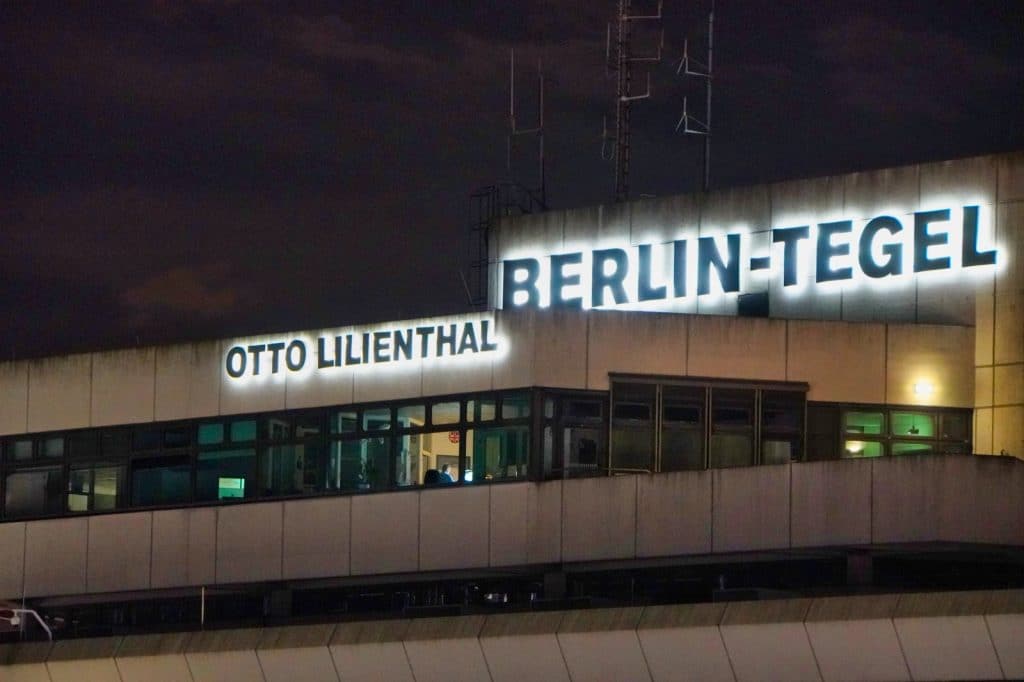
I will miss my “weather report” even more. When the planes take off over Spandau and bad weather is approaching, we immediately recognise it by the altitude. If the thunderstorm is dangerously close, the planes have sometimes turned so fast that we had the feeling they were suddenly flying almost over our apartment block.
No more walking into the flight path in Jungfernheide Forst with a view of the landing planes, no more walking to the observation deck and what is even worse, no more 5-minute drive to the airfield to pick someone up or take off yourself. From now on, it’s over an hour’s journey by public transport or at least 45 minutes by car on the city motorway (if there’s no traffic jam).
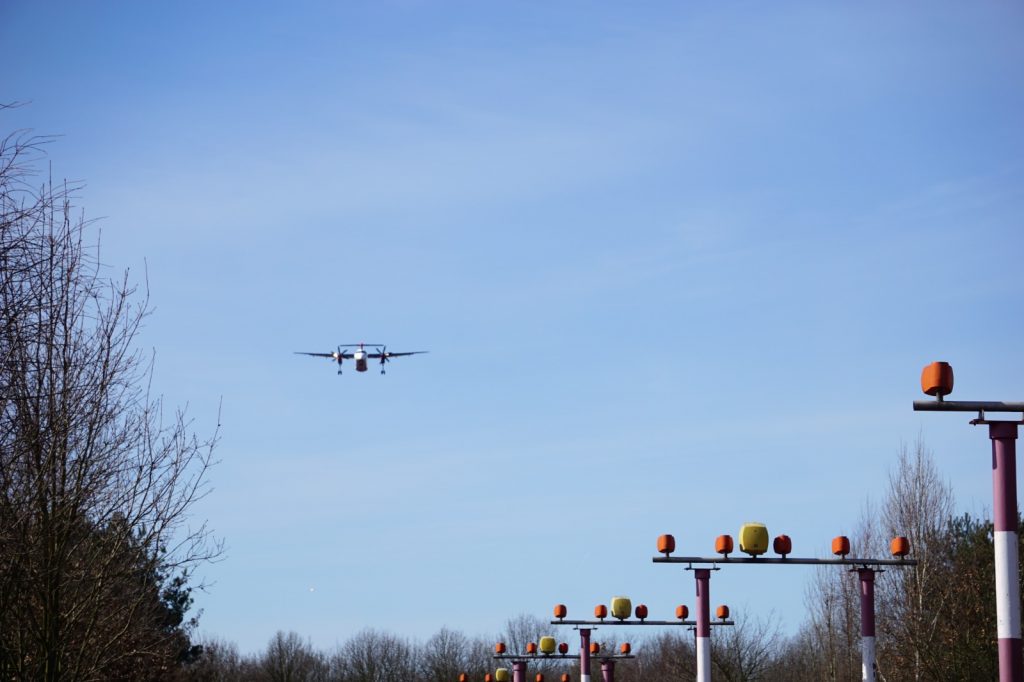
I think you are allowed to show a little melancholy and take a last look at Tegel Airport.
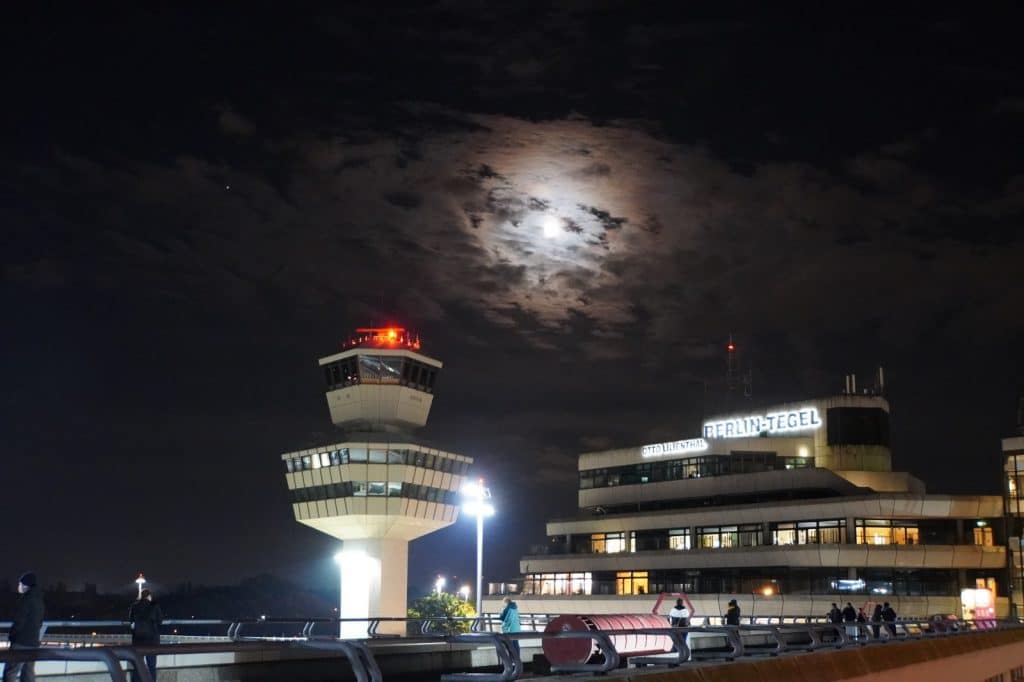
Tegel Airport – the genesis
On 5 August 1948, during the Berlin blockade, the construction of the airport in Berlin Tegel began. It had to be done quickly, every take-off and landing possibility in Berlin was needed to supply the population. Yes, and so the French occupation troops, with American specialists and many German workers, stamped an airport out of the ground within 90 days. At first, all the hangars and buildings were provisional, and the runway was the longest in Europe at 2428 metres. The first aircraft landed on 5 November 1948.
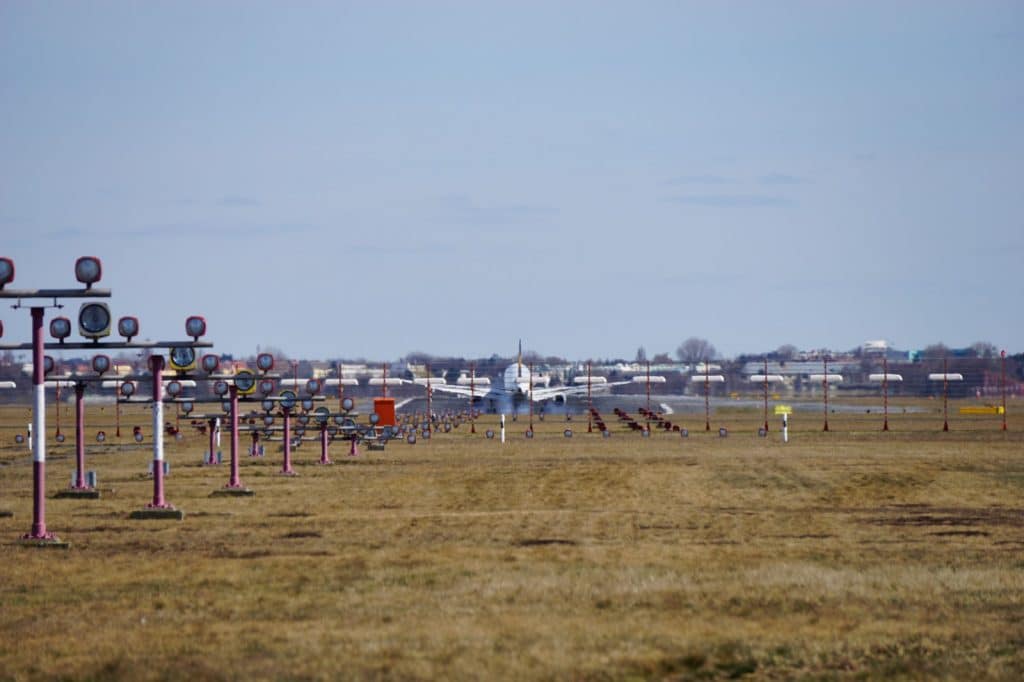
Due to Berlin’s occupation status, flight operations were exclusively with airlines of the western allies France, Great Britain and the USA. The planes were only allowed to fly over the territory of the GDR through special air corridors. Initially, there was even a rule that all crew members in the aircraft had to be citizens of the countries of the Western Allies. From 1960 onwards, the flight attendants were also allowed to come from Germany.
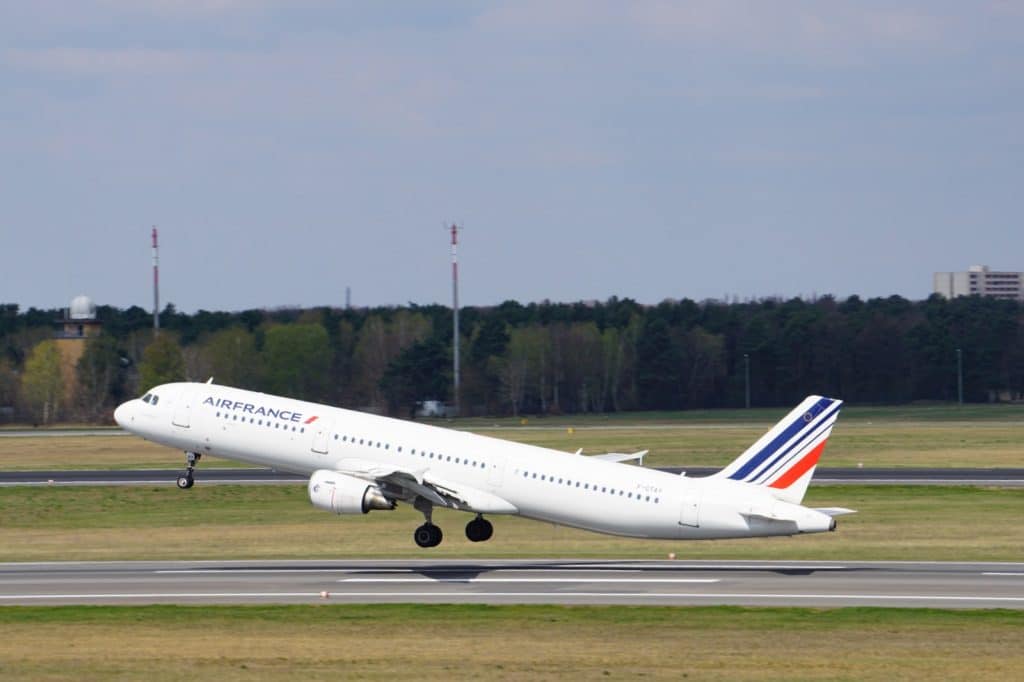
Regular scheduled flights began on 2 January 1960 with an Air France plane to Tegel. In May 1964, PanAm became the second airline to start regular scheduled flights. The airline connected New York with Berlin three times a week. From 1968, charter airlines moved from the congested Tempelhof Airport to Tegel, and other airlines followed.
From 1969 until 1975, construction work continued on the distinctive hexagonal terminal building in Tegel. Since 1988, Tegel Airport has officially been called Otto Lilienthal Airport.

With German reunification, the Allies’ special flying rights in Berlin came to an end. Now German airlines were also allowed to fly into the city. Passenger numbers continued to rise and soon it was necessary to “expand”. The Nebelhalle became Terminal B, the extension with Terminals D and E was built to the south of the main check-in hall and Hall C to the east.
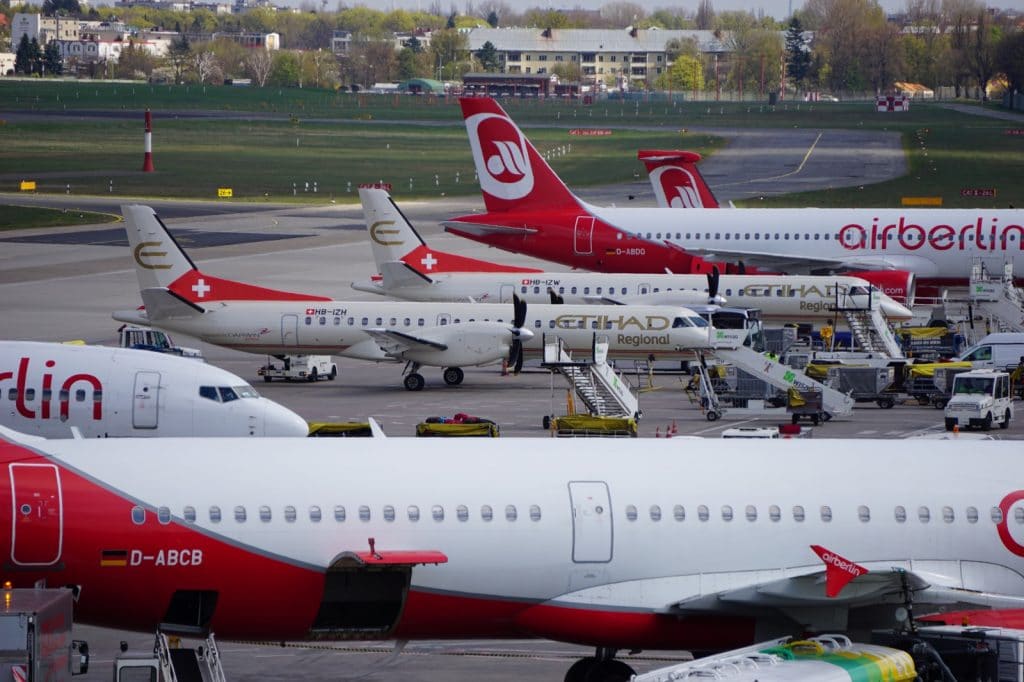
The airport as a whole has been a listed building since April 2019.
Last view into the building
If you want to get to Tegel Airport, you first have to drive through a small tunnel. Immediately afterwards, an admittedly confusing guidance system leads you to the individual check-in halls. But if you bravely follow your lane and defy the taxi drivers who drive “by guess and by gosh”, you are sure to get where you want to go.
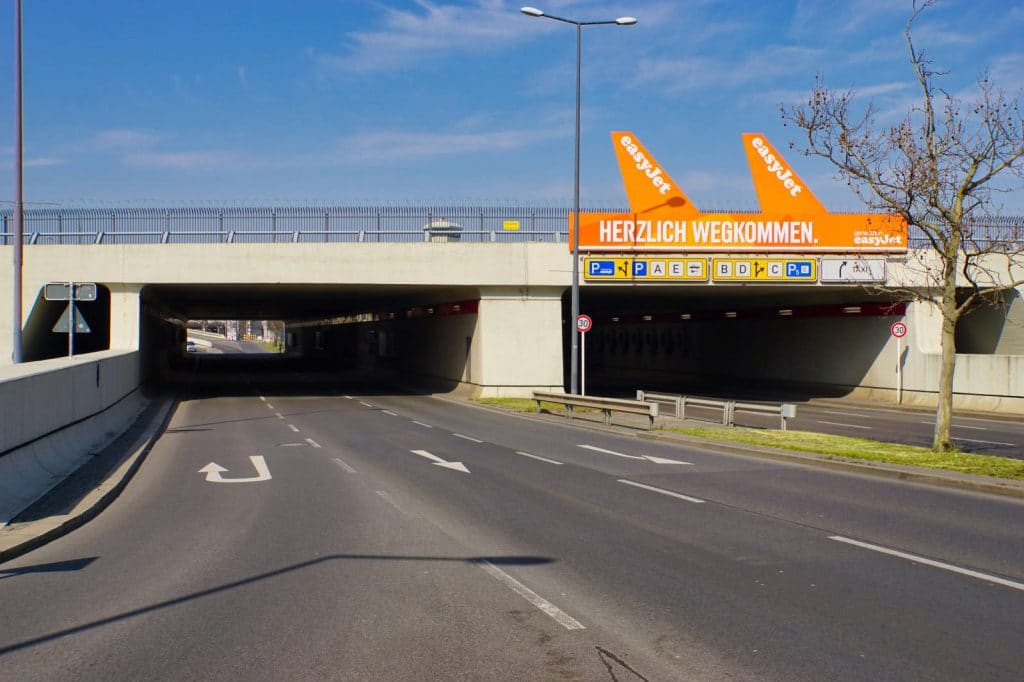
I’ll be honest, I’ve never really been enthusiastic about Terminals B,C,D and E. Terminal C in particular is large and uncomfortable in the waiting area. It’s like a hall with little catering and hardly any opportunities to pass the time waiting. Right up to the end, you could tell that the entire hall was a provisional arrangement and that as many passengers as possible had to be processed from here in as short a time as possible.
The situation is somewhat different with Terminal A. The hexagonal building always had a special flair. A road runs inside the building and you can stop in front of each check-in counter to unload your luggage. Short-term parking is available either in the underground car park or in a large car park in the middle of the complex.
Inside the building, a bright pathway connects all counters and also the small but fine shopping arcade in the main hall.
After check-in and the security check, you come to very small waiting areas. If you want to sit down, you should get there early. Here you notice that the airport was built at a time when planes carried far fewer passengers. Each waiting room leads to two jetways and between two waiting rooms there is always the area for arriving passengers with a baggage belt and ID and customs control.
If you compare the check-in halls at Tegel with other airports that have a similar passenger volume, you have to realise that they were working at the limit. Long queues at the counters (there were simply too few), waiting areas that were too small and simply too little space in the logistics area made the new building in Schönefeld sensible. But it was also the airport of short distances. The check-in buildings are so close together that you hardly have a 15-minute walk between the halls that are furthest apart.
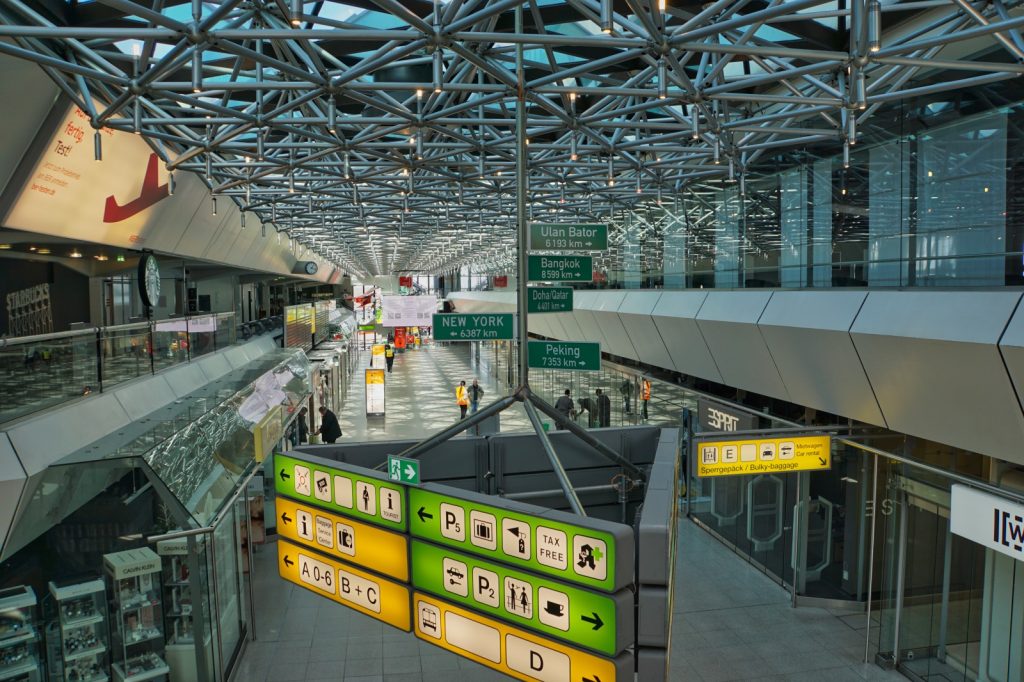
Last visit to the viewing terrace
I think almost every airport has a viewing platform or at least a huge window front facing the tarmac. I don’t know how many times we have visited this observation deck and it was always something special.
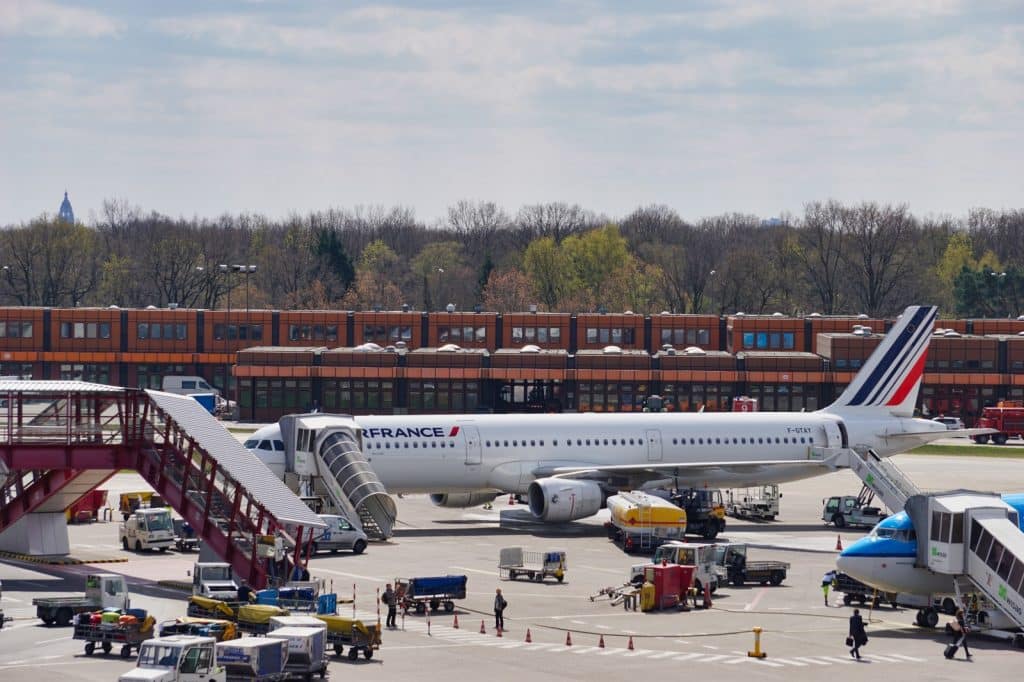
Whether we waved at the aeroplane that Grandma and Grandpa flew on holiday with a small child by the hand, or whether we just turned off on our Sunday walk in Jungfernheide Park and walked the 15 minutes to the airfield to “look at aeroplanes”. We will miss the view – but maybe there will be a chance to get a “construction site view” from there later.
Flugfeld in der Abendbeleuchtung
If you stand on the observation deck, you can see the two runways very well. The longer of the two is 3023 metres long and 46 metres wide, the other runway is 2424 metres long and 46 metres wide. Depending on the weather, take-offs and landings are allowed in both directions on the long runway. The tower at the edge of the airfield is just over 47 metres high.
A few years ago, we already took pictures from the observation deck and for the first time tried a shot that shows something of the hustle and bustle on the tarmac at that time.
Today, in the times when hardly anyone flies, operations at Tegel have declined considerably. Where planes used to take off and land at two-minute intervals, today on “peak days” there is at most a 10-minute rhythm. In March/April 2020, the lookout point was closed, but you could see countless parked aircraft and the occasional car on the airfield.
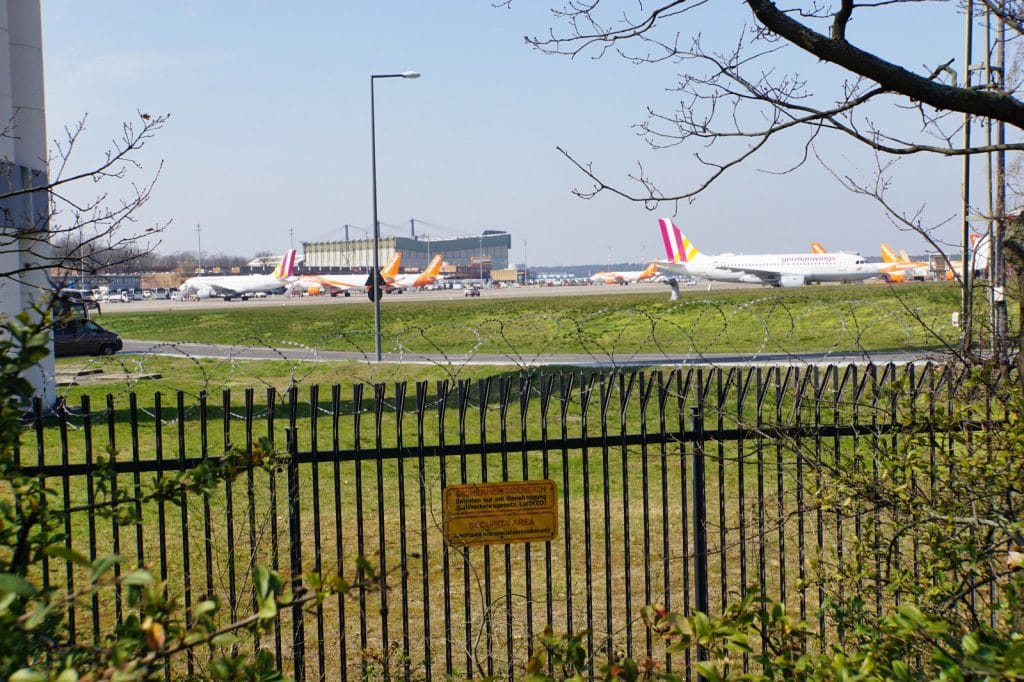
The Boeing at the edge of the airport
If you decide to take a walk around the airport, you will discover a lonely Boeing 707 in a very secluded spot. At first I thought it was a training aircraft on which, for example, the fire brigade practises operations. But that is not the case!
The Boeing 707 in the old Lufthansa livery has had quite an eventful history.
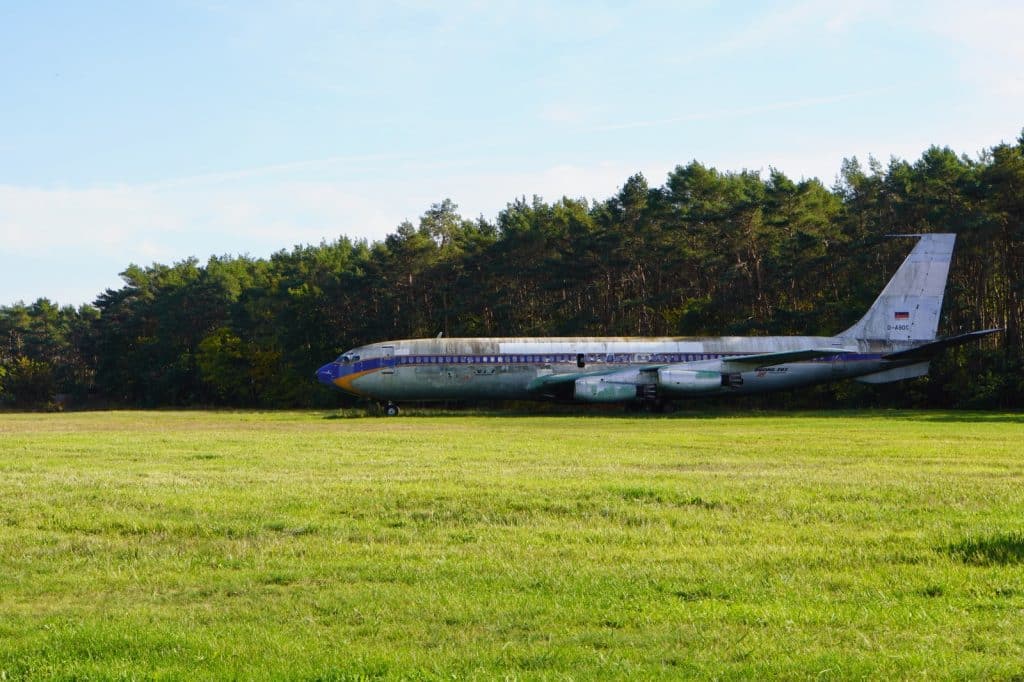
On 6 September 1970, the plane of the Israeli airline El Al was to fly from Amsterdam to New York.
The Israeli security forces noticed four passengers as soon as they boarded. They had bought their tickets at very short notice and were in possession of conspicuous passports. It was decided to allow only two of the four passengers on board.
Already during the climb, the suspicion turned out to be justified. The two, a man and a woman, seized a stewardess and demanded entry into the cockpit. Flight captain Uri Bar-Lev refused and instead brought the Boeing into a dive without warning. He wanted to use the forces to throw the terrorists to the ground and, in the event of a shooting on board, to minimise the damage that would be caused by the air pressure.
One of the security officers sitting in the cockpit took advantage of the situation. He opened the door and shot the man. The woman threw another grenade, which fortunately did not explode, and then fainted.
The Boeing landed safely in London and the terrorists were handed over to the police.
The aircraft continued to fly for the airline for several years afterwards.
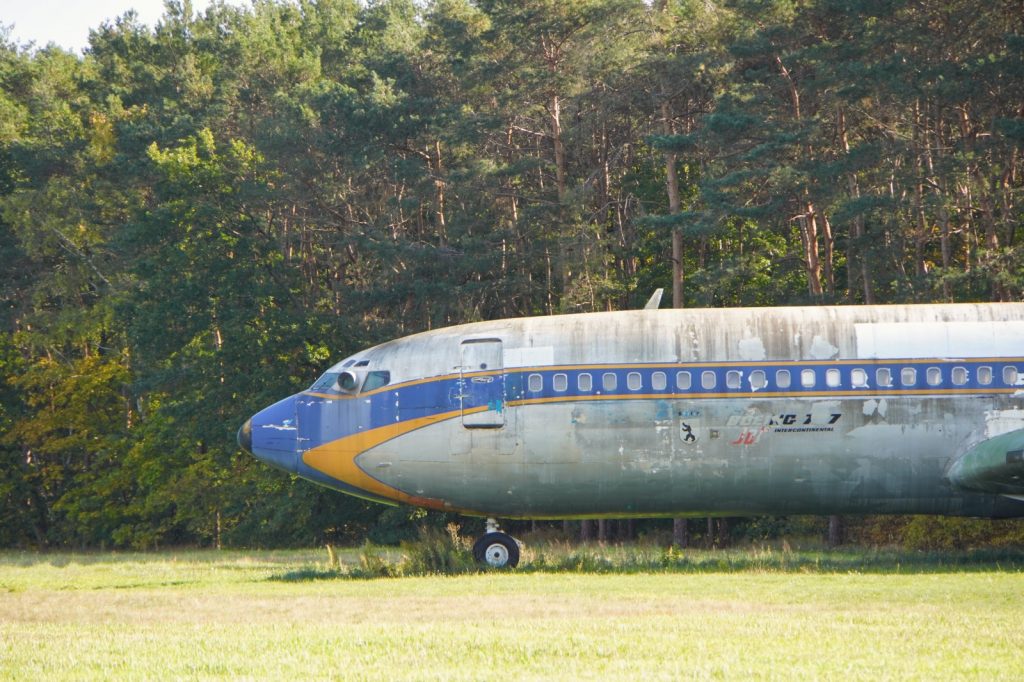
The 707 came back to Berlin as a gift for the 750th anniversary celebration. At the same time Lufthansa had bought its 200th Boeing and so it was decided to paint the 707 in the Lufthansa design.
Now they had a problem. It was impossible to fly a “Lufthansa” plane to Berlin at that time. According to the regulations, only aircraft of the three Western Allies were allowed to fly to Berlin and land in Tegel. Boeing quickly pasted over the Lufthansa markings and an American pilot flew to Berlin Tegel at night. In the morning the stickers were removed again and there was a Lufthansa aircraft in Tegel.
The machine was only moved to its current location later. It must have been in the way and has now been on the sidelines for years.
Unfortunately, the aircraft will also have to leave its place with the closure of Tegel. Since apparently no interested party has been found, the 707 will probably be scrapped.
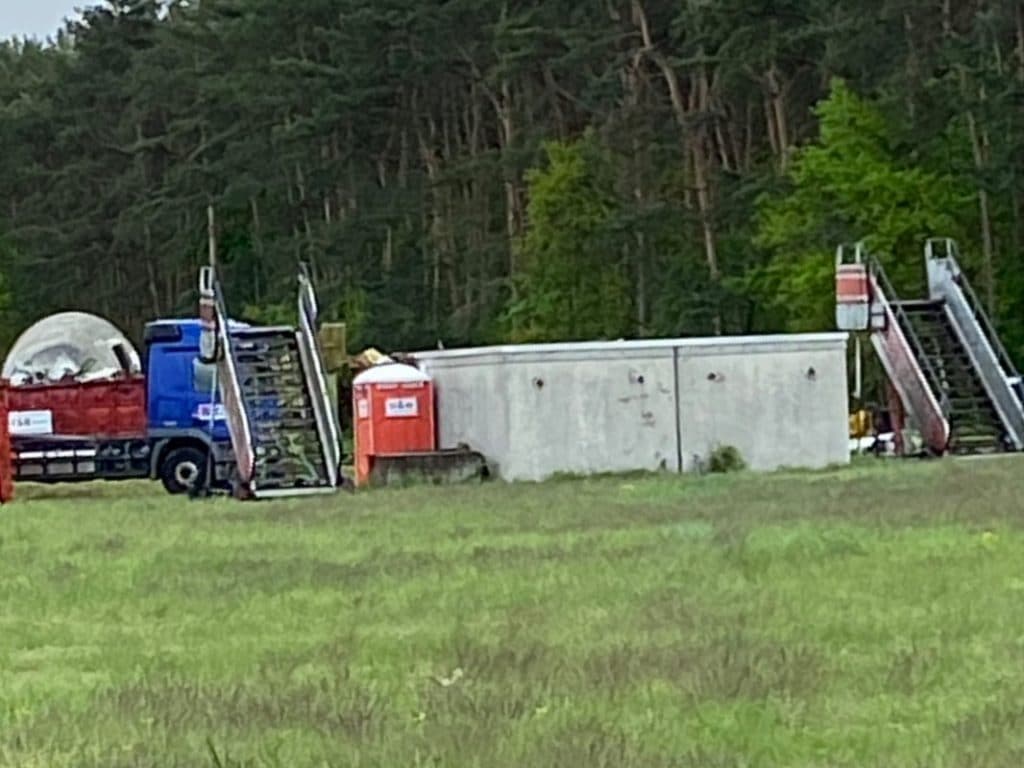
A postscript:
In May 2021, the time had come. Suddenly the machine had disappeared. It lay there dismantled in individual parts. A sad picture – a pity that it could not be preserved.
And now? What will become of Tegel Airport?
As early as 2013, the Berlin Senate adopted a master plan for TXL, which deals with its subsequent use.
The plan is to create an industrial and research park focused on urban technologies. In addition, about 10,000 people are to live in new residential quarters at Tegel Airport.
More detailed information can be found on the Website Tegelprojekt.
What remains?
We say Bye Bye TXL
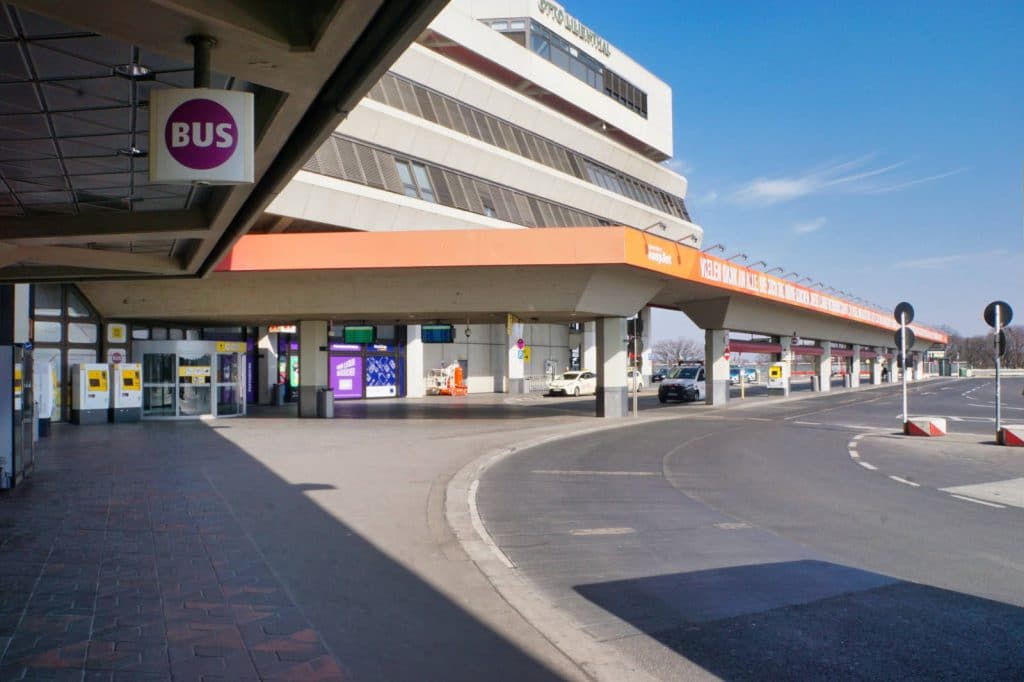
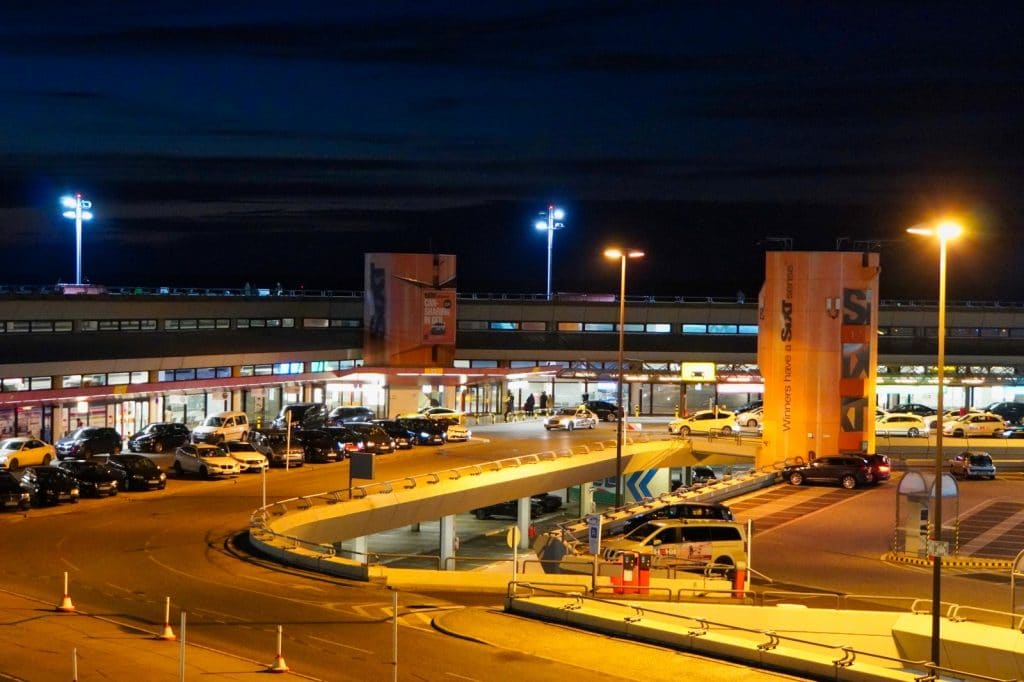
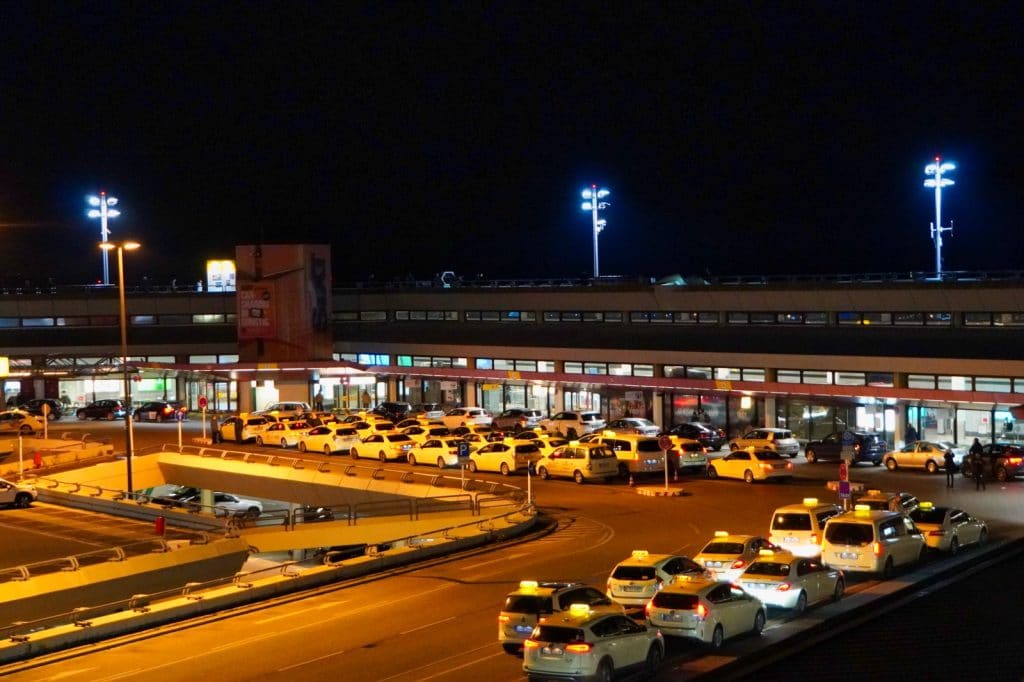
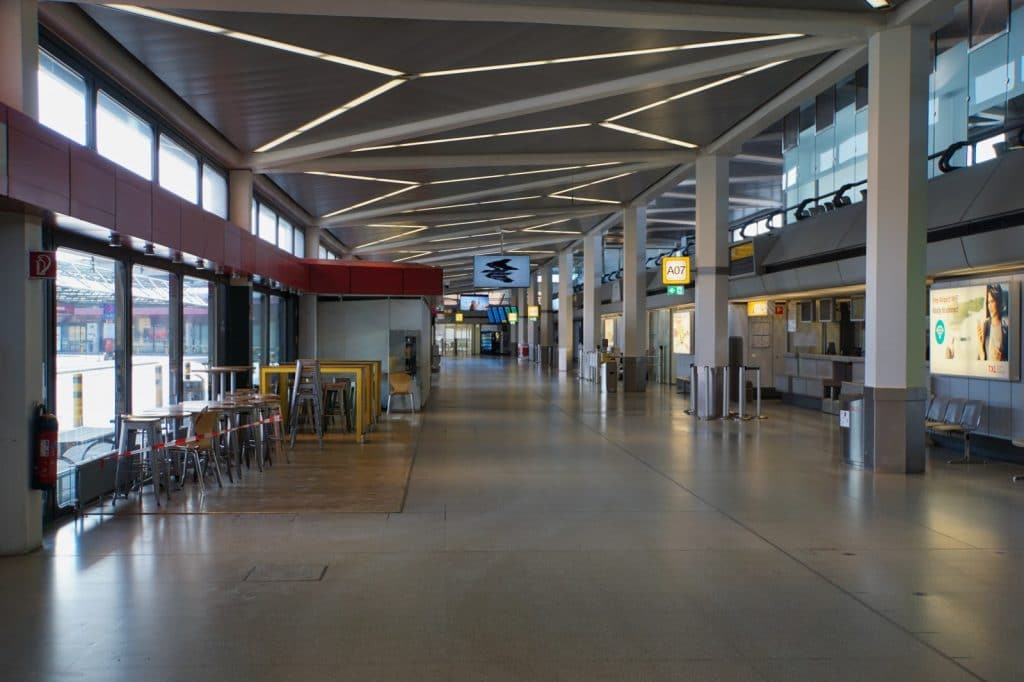
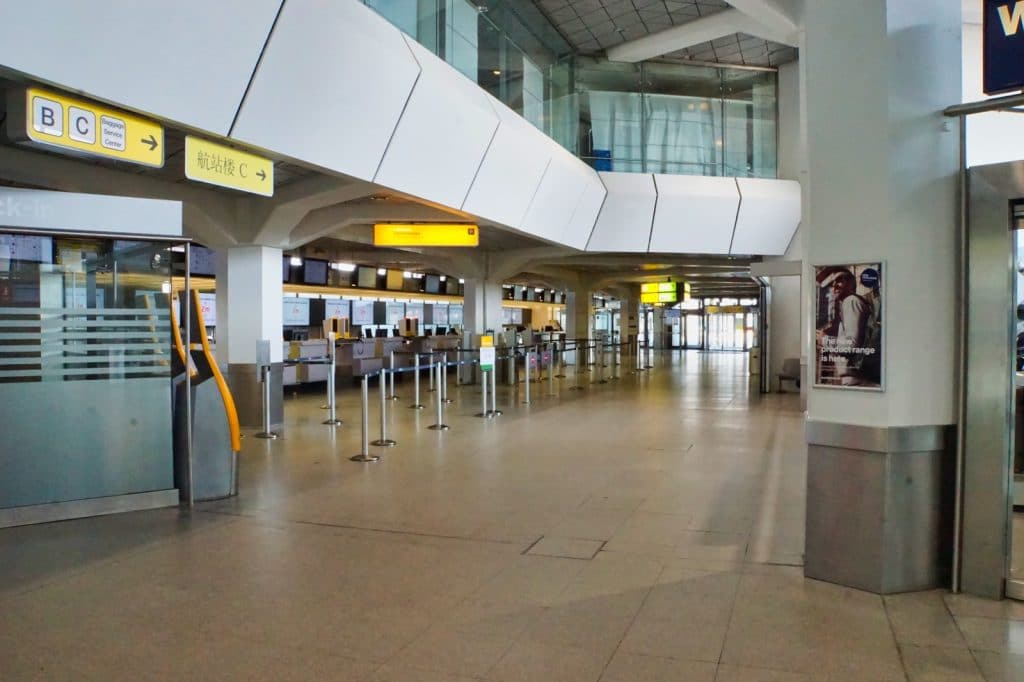
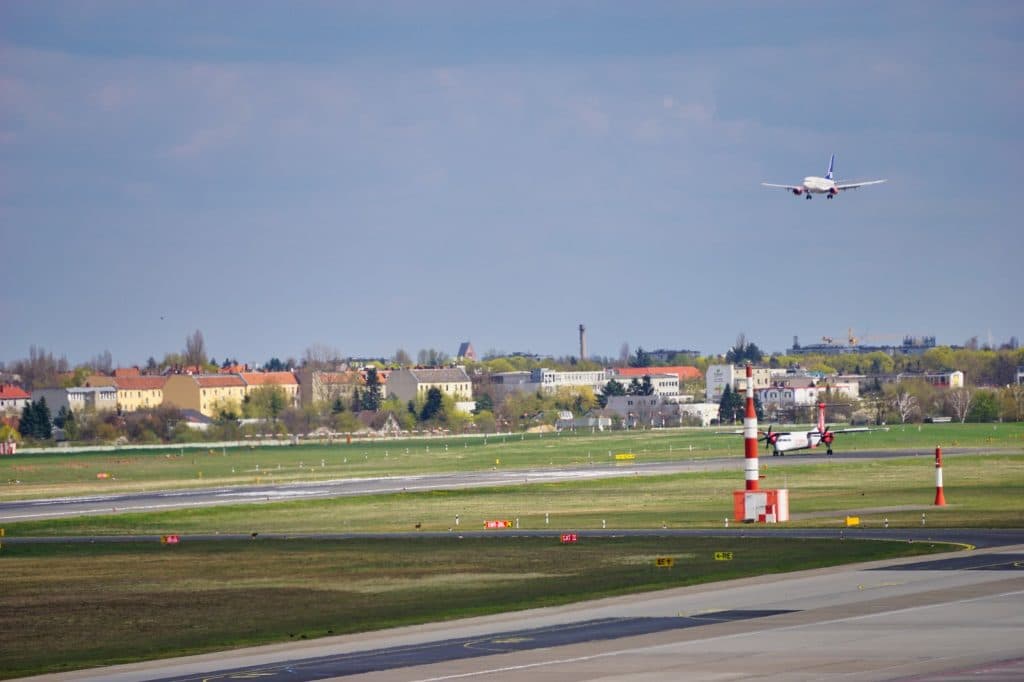
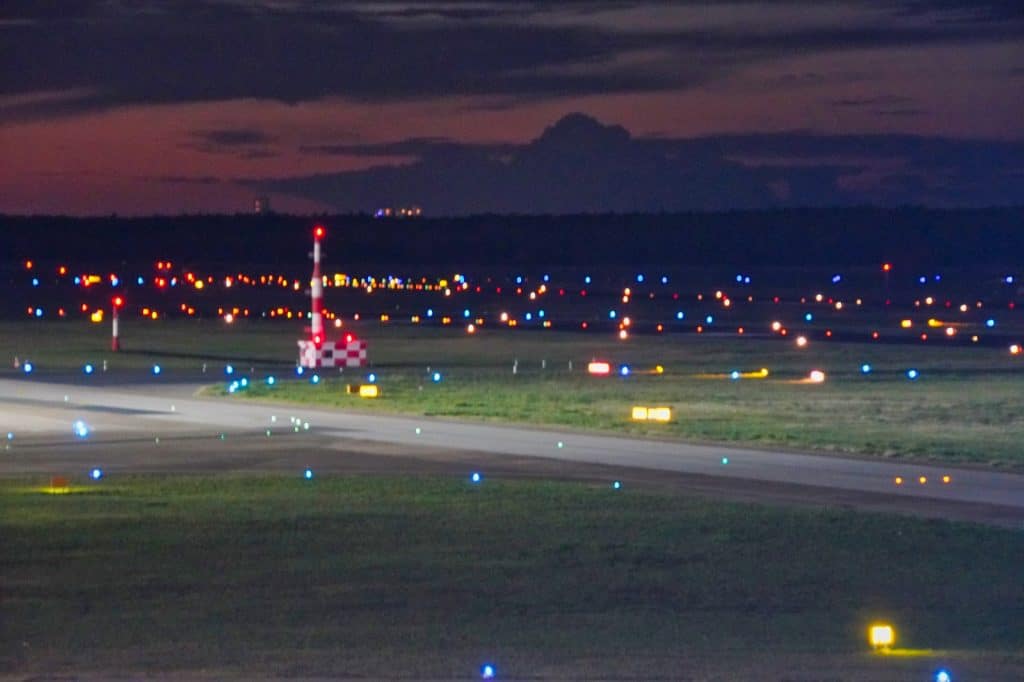
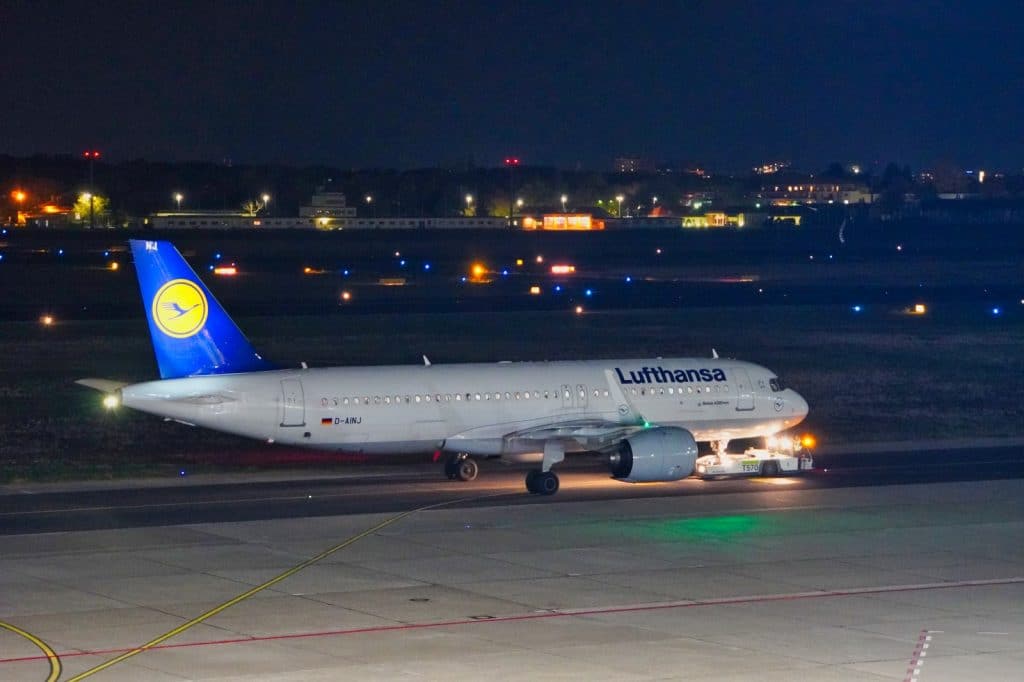
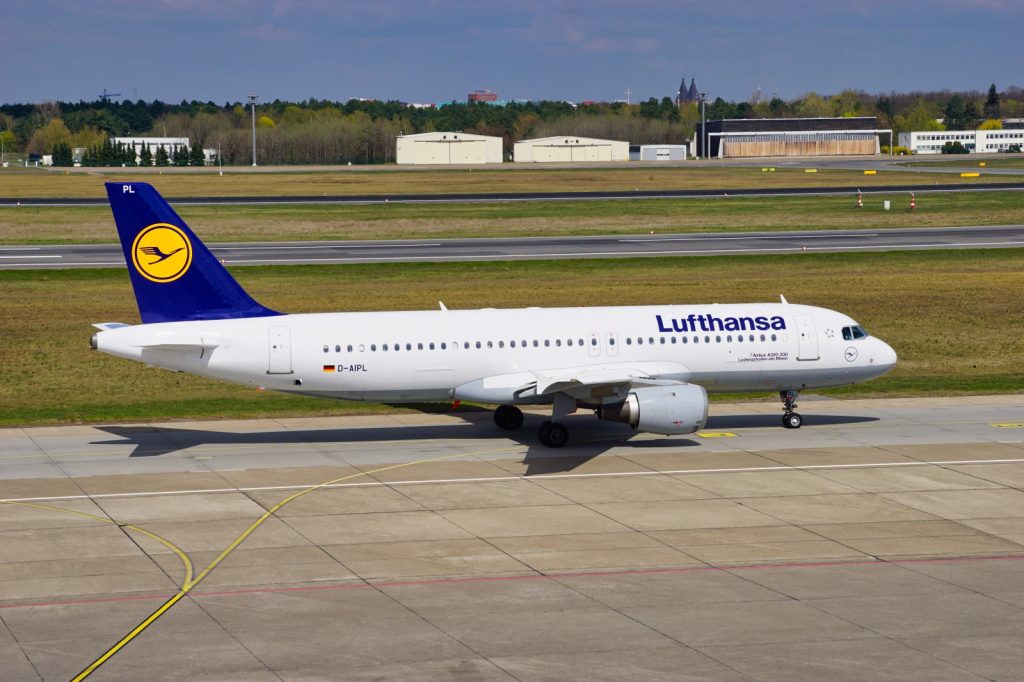




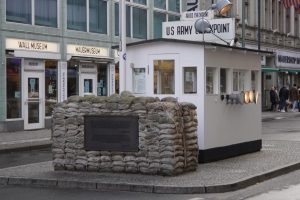

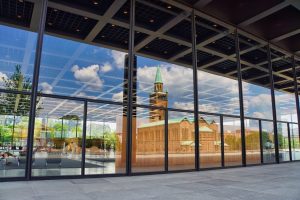


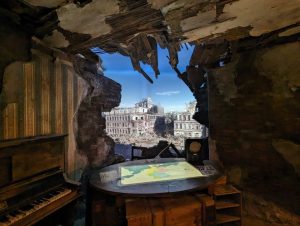



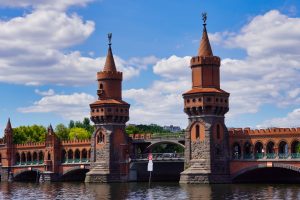


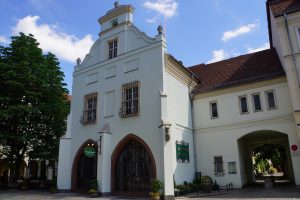




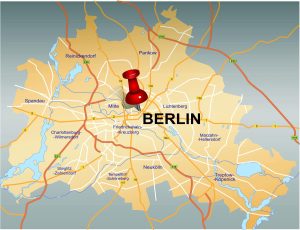
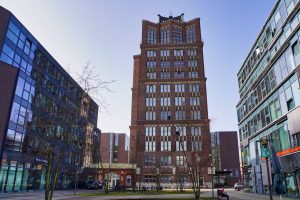




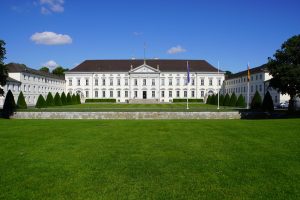



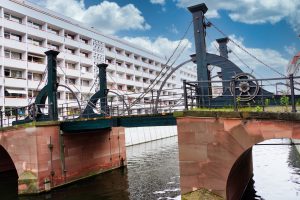





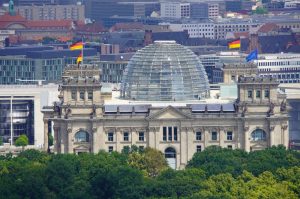
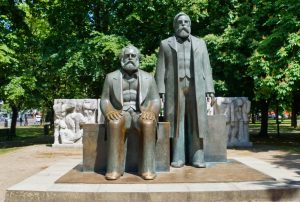


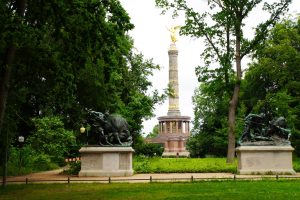

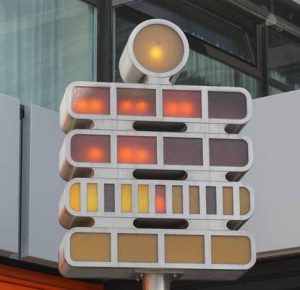

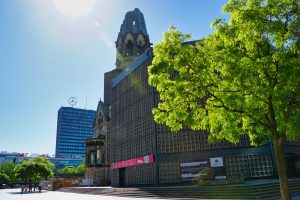


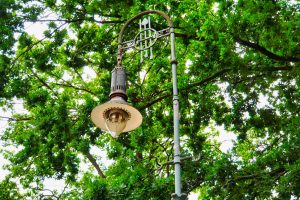
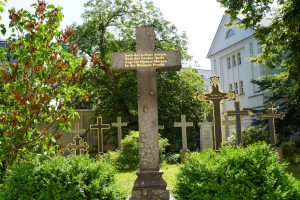



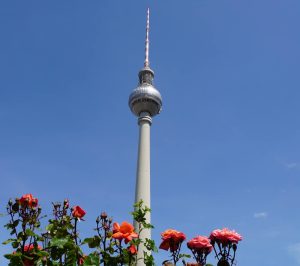

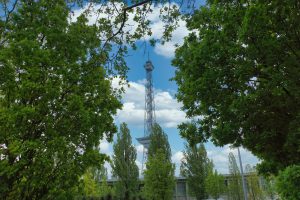

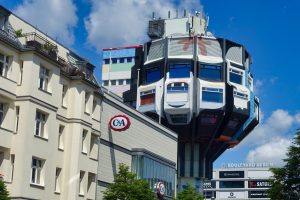


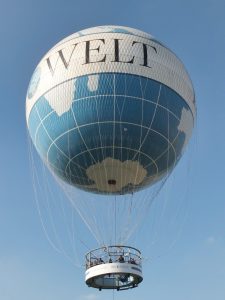







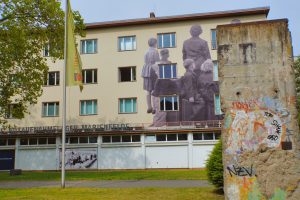

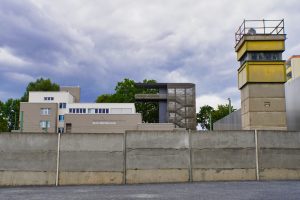





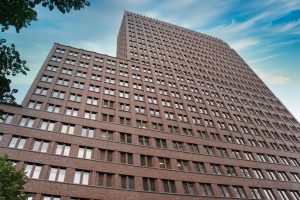




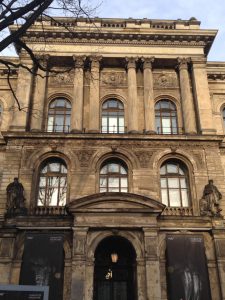
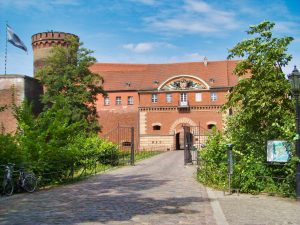

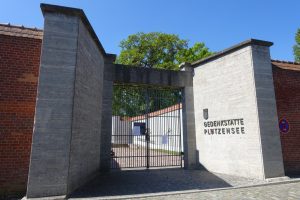



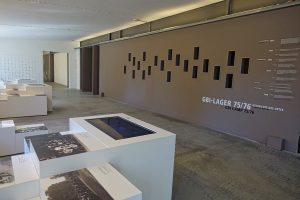




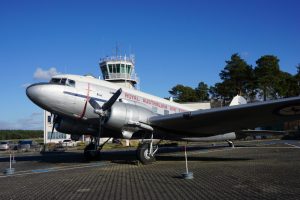
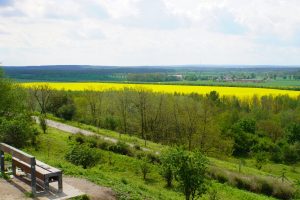
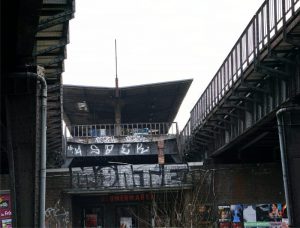

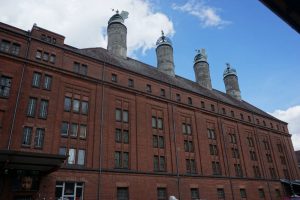
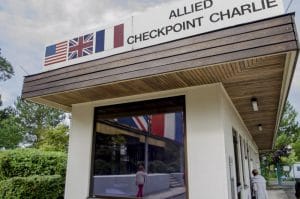


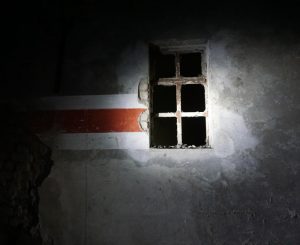
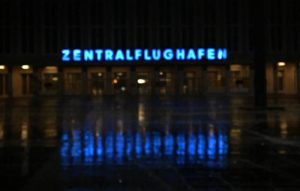
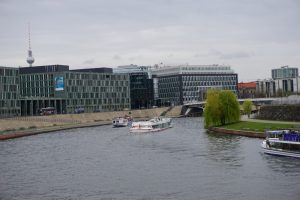
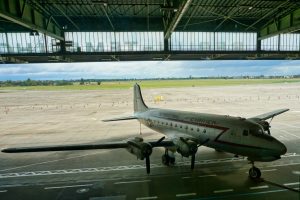
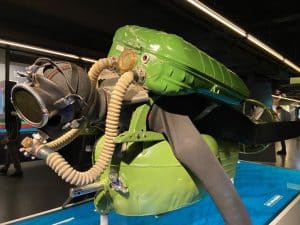
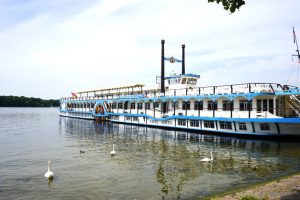
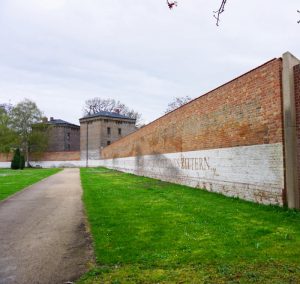

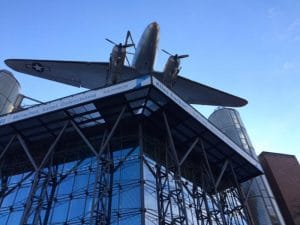
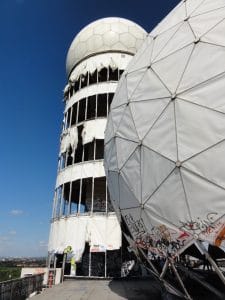






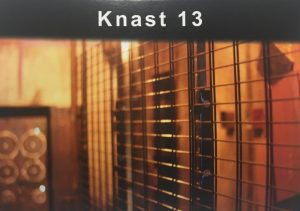
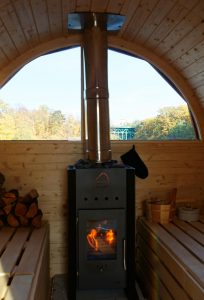
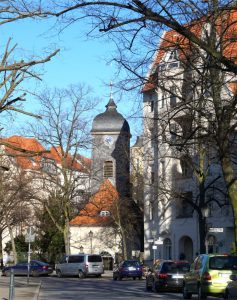
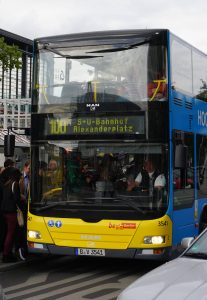


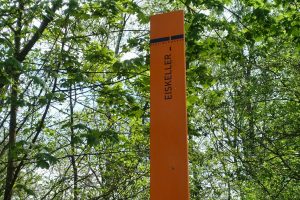
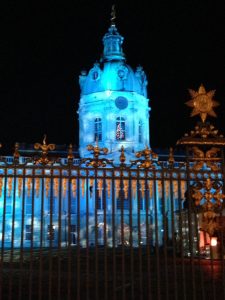


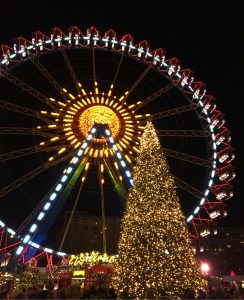
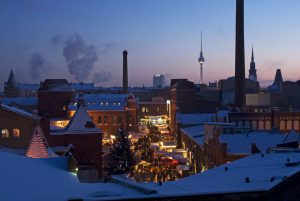

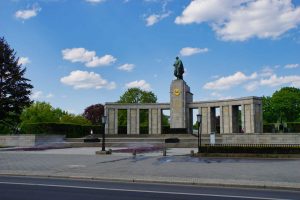

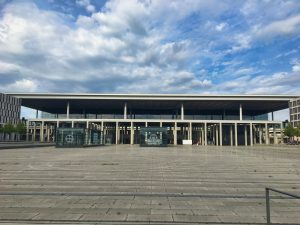
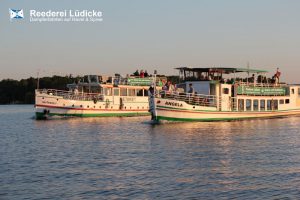
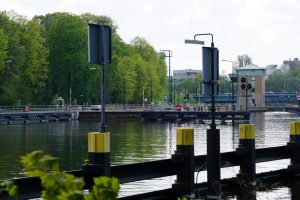
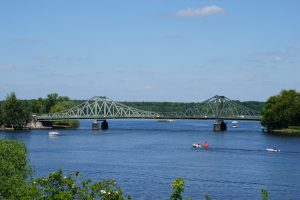






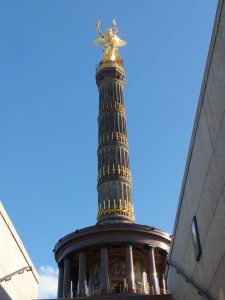
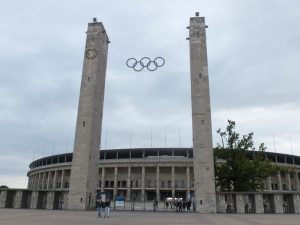

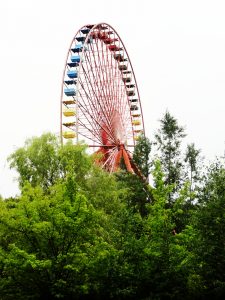
Leave a Reply